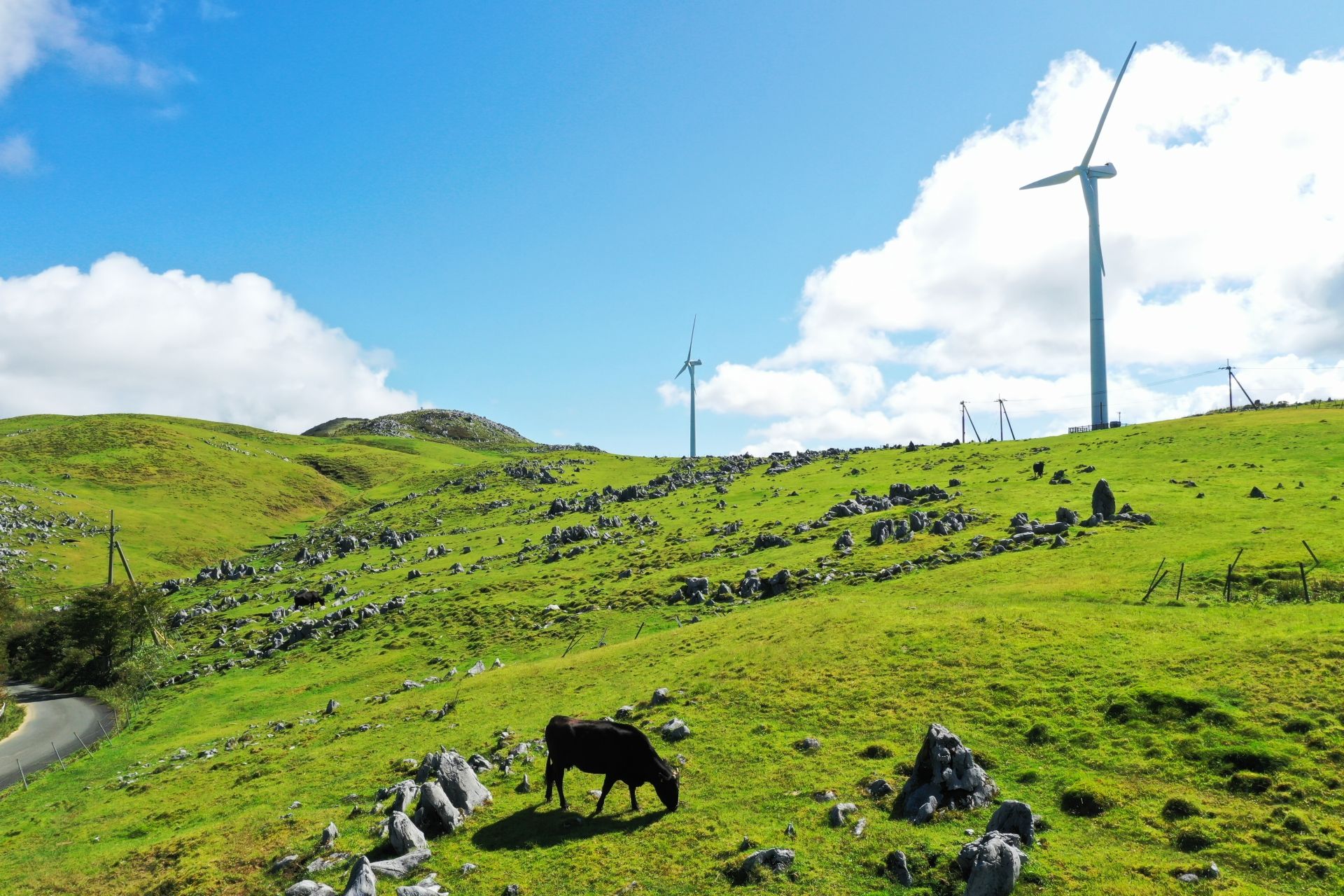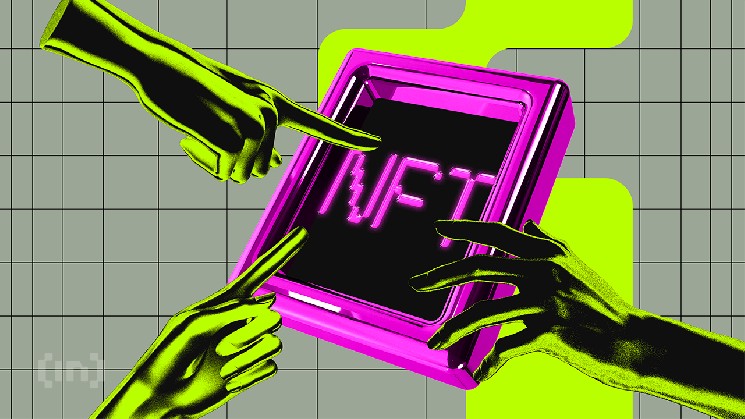Local governments in Japan are increasingly partnering with companies to utilize non-fungible tokens (NFTs) to revitalize regions and attract tourists from overseas. This trend will rapidly accelerate throughout 2025, marking a critical turning point in integrating Web3 technology into the nation’s core economic strategy.
Significant progress has been made today alone. Toda Construction, JTB, and Fujitsu have launched a pilot program in Echizen City, Fukui Prefecture to use NFT to strengthen digital transformation (DX) in tourism and promote inbound traffic. Separately, Shizuoka-based SFG Marketing announced its entry into the NFT business following successful initial trials.
Toda, JTB and Fujitsu launch ECHIZEN Quest, an NFT tourism project in Echizen City Overseas visitors will earn NFTs through on-site experiences, earning souvenirs, perks and cultural rewards. @Fujitsu_Global https://t.co/BcnMykUD68
— Electronics Media (@electronics_med) October 8, 2025
This surge is supported by the Ishiba administration’s “Regional Revitalization 2.0” initiative and coincides with important changes in inbound tourism, with foreign tourists increasingly exploring destinations beyond metropolitan areas.
The Rise of “Government NFTs”: From Digital Residency to Tourist Passes
NFTs issued by local governments (often referred to as “government NFTs”) have evolved into more than just digital collectibles. These now serve as a powerful tool to achieve three goals: securing local funding, developing a “concerned population” and promoting the city.
As of August 2025, more than 17 local governments nationwide have issued NFTs. These projects are very diverse. Fukaya City provided “Fukka-chan NFT” as a hometown tax return gift. “Digital Resident NFT” is a collaboration between Kumakogen Town and a manga artist. These NFTs function as a loyalty or digital multi-pass system. Specifically, it gives owners tangible benefits, such as local discounts and priority access to events. This creates a clear experiential value.

Kumakogen Town’s financial strength index is 0.21, indicating that it is in danger of financial collapse. Photo: Photo AC
Importantly, the Ministry of Internal Affairs and Communications has designated local NFT businesses as eligible for “Regional Economy and Living Environment Creation Subsidy” this fiscal year, giving a major impetus to their expansion.
NFT as a promoter of inbound tourism to rural areas of Japan
The introduction of NFTs is strategically aligned with Japan’s national tourism goals. In recent years, inbound travelers have shown a clear preference for destinations outside of major cities and have expanded their focus to rural Japan. According to data from the Japan Tourism Agency, the amount spent by foreign visitors to Japan in 2024 will reach a record high of $53 billion (approximately 8 trillion yen).
NFTs serve as a powerful tool to accelerate this trend of tourist dispersion.
- Digital incentives: NFT enthusiasts around the world are interested. Earning unique digital certificates and region-specific benefits creates powerful travel incentives. These benefits are only available if you visit certain regions of Japan.
- Promoting local circulation: A pilot from Echizen City shows one way. Tourism DX becomes possible by linking NFT and regional transportation. This allows tourists to explore the area more deeply. JAL and JTB are also conducting trials. By combining “Oshikatsu” and NFT, we will create a new flow of visitors to Kansai.
- Global showcase: At the Cabinet Office’s “Cool Japan Showcase” held at the 2025 Osaka/Kansai Expo held in April, 26 regions introduced regional tourism through NFT and immersive technology. This highlights a clear government-led commitment to projecting regional assets onto the global Web3 stage.
NFTs are transforming the experience of foreign tourists, shifting the focus from simple “consumption” in big cities to “experiential consumption” and establishing a “relationship” with rural Japan.
Inheriting the Ishiba policy: making Web3 the cornerstone of revitalization
The accelerated spread of government-affiliated NFTs in 2025 is widely seen as the culmination of the Ishiba administration’s dual promotion of the Web3 national strategy and regional revitalization.
Speaking at WebX 2025 on August 25, Prime Minister Shigeru Ishiba confirmed the government’s stance of promoting Web3 as a national strategy. Furthermore, he emphasized the potential that Web3 can bring to regional revitalization. For example, he gave an example of a successful initiative using Web3 in Ama Town in the Oki Islands.
As a former Minister of Regional Revitalization, Mr. Ishiba advocated “Regional Revitalization 2.0” and positioned digital transformation (DX) as essential for regional revitalization.
Prime Minister Ishiba goes to WebX!
The only Prime Ministers and Presidents who appeared on stage at the Web3 conference were 🇸🇻, 🇺🇸, and 🇯🇵? pic.twitter.com/6yJDtT4LsU— WebX Team🇯🇵🗼 (@WebX_JP) August 25, 2025
The prime minister said on WebX, “The 2020s will be recorded as a major turning point in history,” comparing it to the industrial revolution, and promised the government to actively utilize new technologies in the spirit of “those who do first.”
The Ishiba regime will end. However, local government NFT implementation is rapidly expanding. This happened just two months after his keynote address. This shows that his commitment to the final policy is firmly rooted. The goal is to establish Web3 locally. This NFT collaboration expands that role. It’s not just a trend. This is a new digital infrastructure that is poised to fundamentally change Japan’s economic structure.
The article Japanese local governments use NFTs for regional revitalization and tourism appeared first on BeInCrypto.


